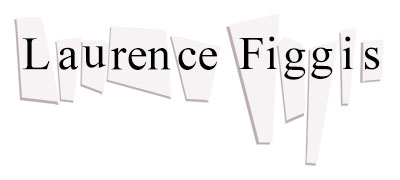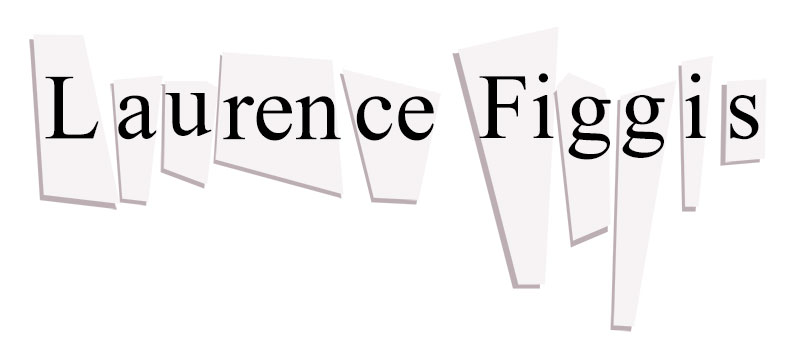Iain Hetherington
Iain Hetherington’s advance press release for his solo show at the Glasgow Project Room was a tissue of facetious allusions. Describing his latest works as ‘portraits’, he undercut the humanist associations of that category with a punning reference to the language of market research. The works, he insisted ‘are not portraits in the traditional sense of “a good likeness” etc, but are instead misrepresentations of notional audiences, target audiences of the fictional type demanded by official cultural policy.’
The cynical tone is familiar from fanzines that the artist continues to produce in collaboration with Alex Pollard such as Mainstream and Radical Vans and Carriages – lampoons of the art world and New Labour social policies. But Hetherington’s paintings and wall-mounted assemblages could scarcely be described as institutional in style. The use of scrap materials related to studio practice such as nails, canvas, and bare wood stretchers – gives them an acetic somewhat rustic quality, punctuated here and there by zany elements like joke-shop eyes. A visceral absorption in Synthetic Cubism is also very evident. The forms are ostensibly prosaic, with rough-cut edges, and an incidental punk-like ornamentation of staples and hanging fixtures. Their beauty, where it arises, comes from a sense of balance in their compositions (which prove on close inspection to be quite graceful), a delicate manipulation of paint, and an ability to realise multi-layered statements through the most economical of means. Read more →

